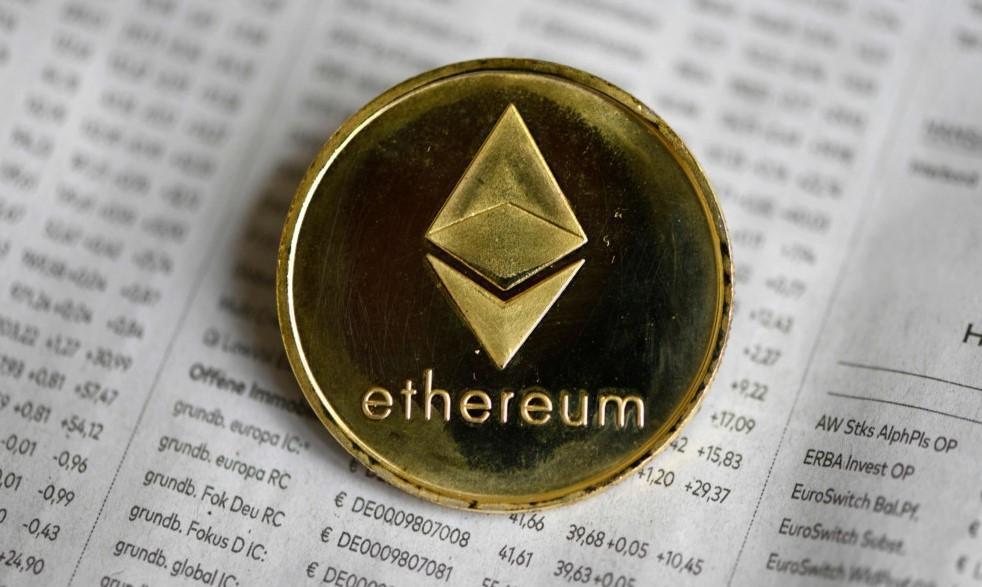
An army of computer programmers scattered across the globe is set to attempt one of the biggest software upgrades the crypto sector has ever seen this week to reduce its environmentally unfriendly energy consumption.
Developers have spent years working on a more energy-efficient version of the ethereum blockchain, a digital ledger that underpins a multibillion dollar ecosystem of cryptocurrencies, digital tokens (NFTs), games and apps.
Ethereum - the second most important blockchain after bitcoin - burns through more power each year than New Zealand.
Experts say the changeover, expected to take place between Tuesday and Thursday, would slash energy consumption by more than 99 percent.
Enthusiasts hope a greener ethereum will spur wider adoption, particularly as a way of enabling banks to automate transactions and other processes.
But so far the technology has been used largely to create speculative financial products.
The ING bank said in a recent note that the switchover might help ethereum gain acceptability among policymakers and regulators.
“This in turn may provide a boost to traditional financial institutions’ willingness to develop ethereum-based services,” the bank said.
The switchover, dubbed “the merge”, will change the way transactions are logged.
At the moment, so-called crypto miners use energy-guzzling rigs of computers to solve puzzles that reward them with new coins.
The new system will get rid of those miners and their computer stacks overnight.
Instead, “validators” will have to put up 32 ether (worth $55,000) - ethereum’s cryptocurrency - to participate in the new “proof of stake” system where they earn rewards for their work.
Blockchain company Consensys called it a “monumental technological milestone” and the biggest update to ethereum since it was launched in 2015.
Several exchanges and crypto companies said they would halt transactions during the merge process.